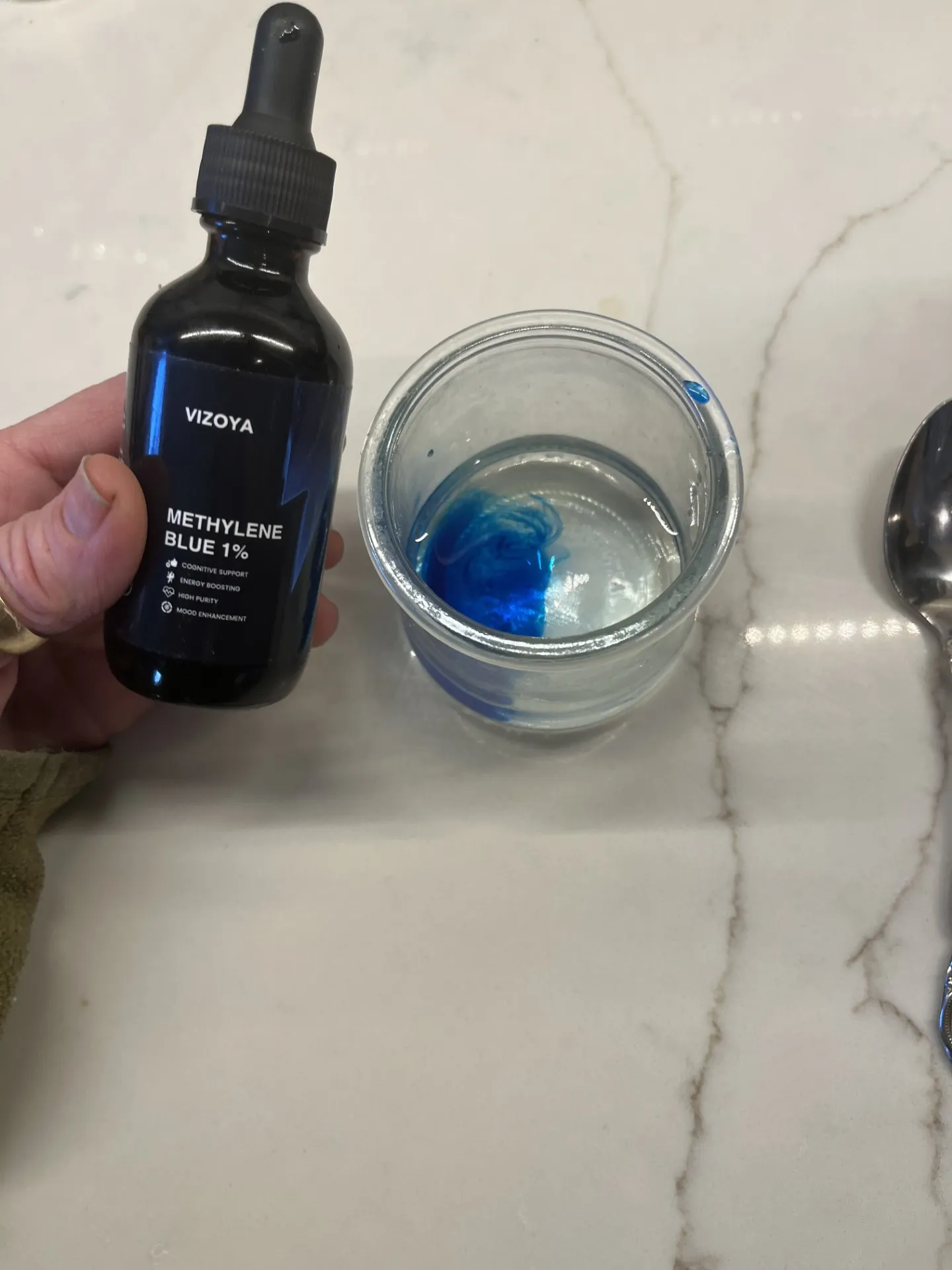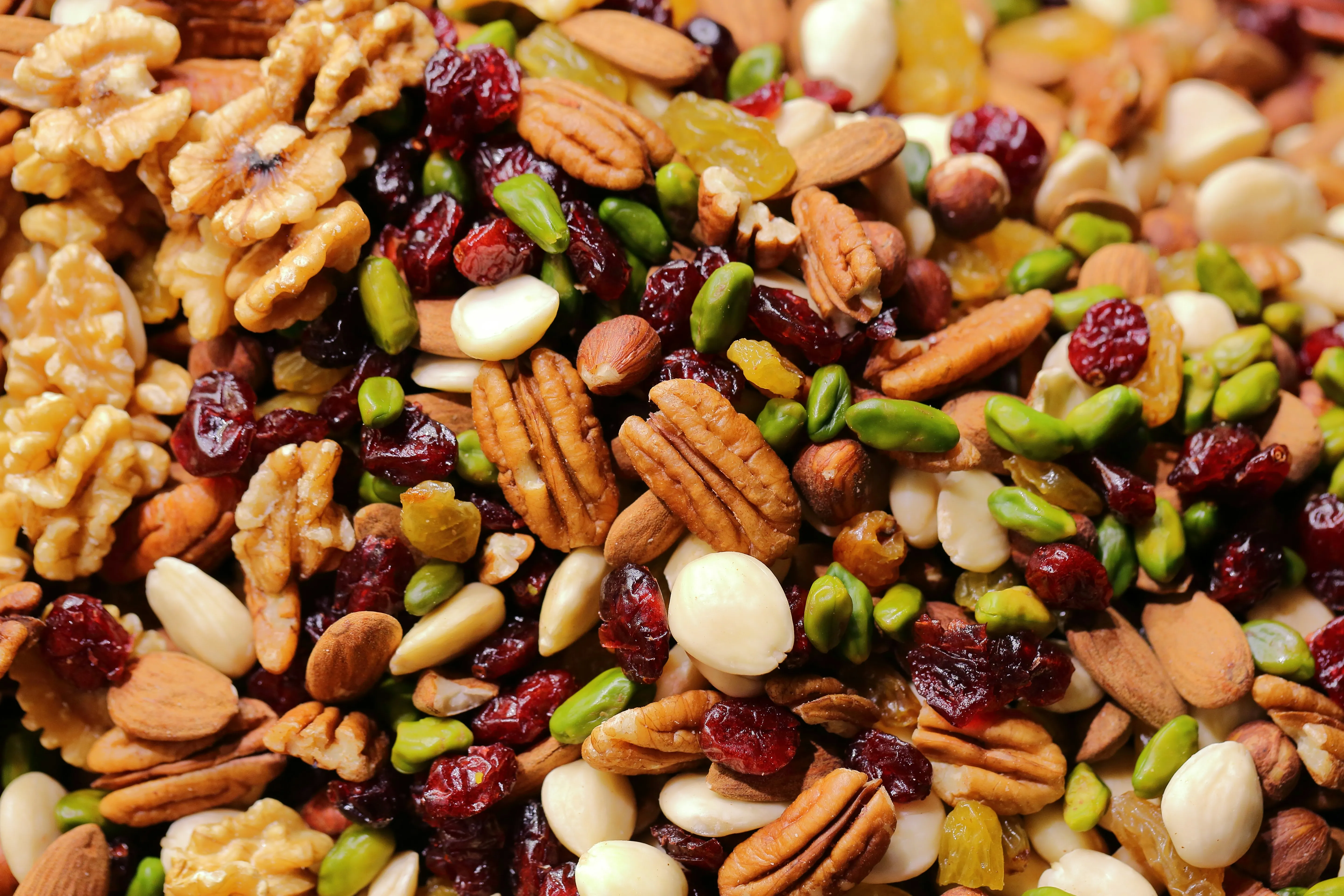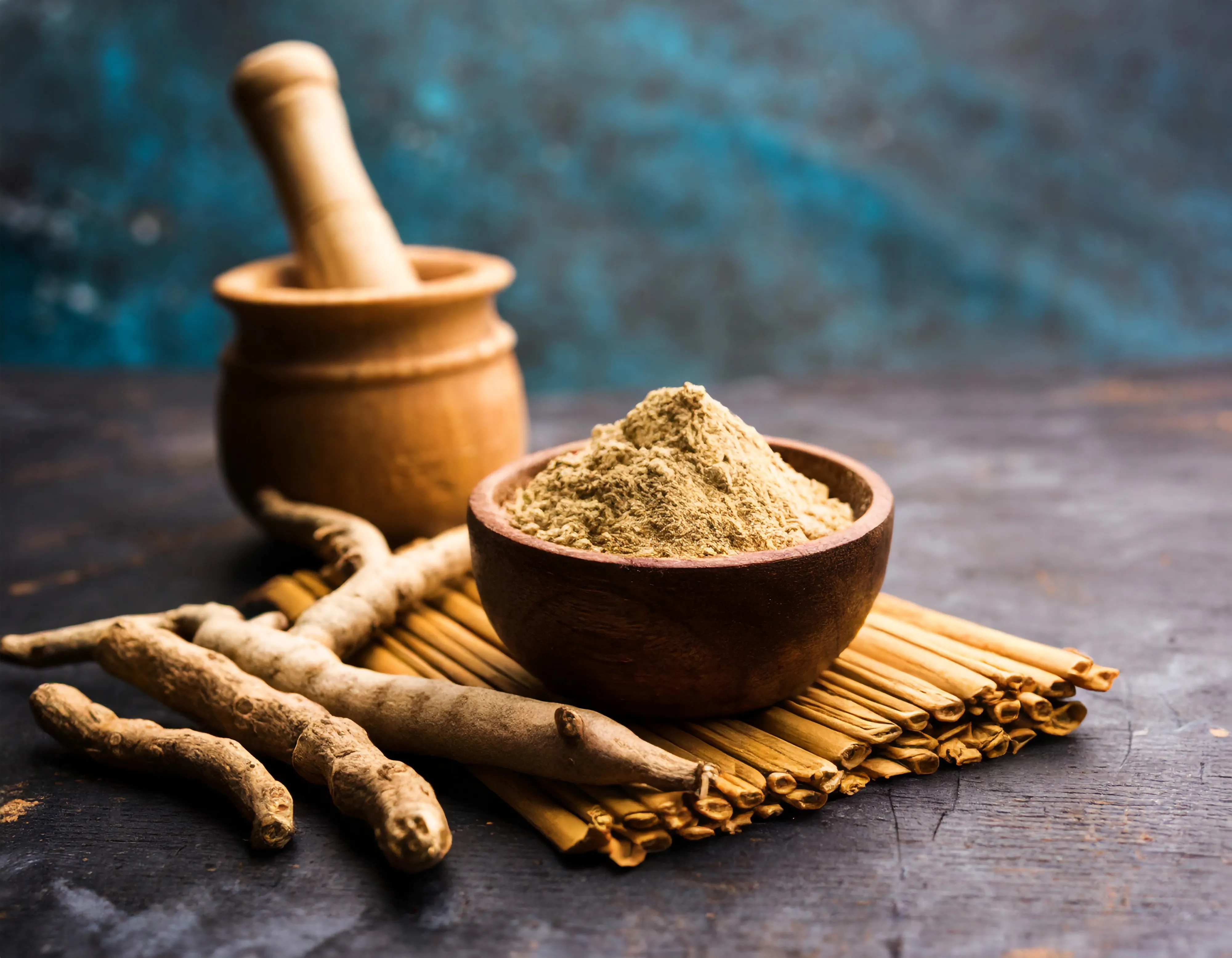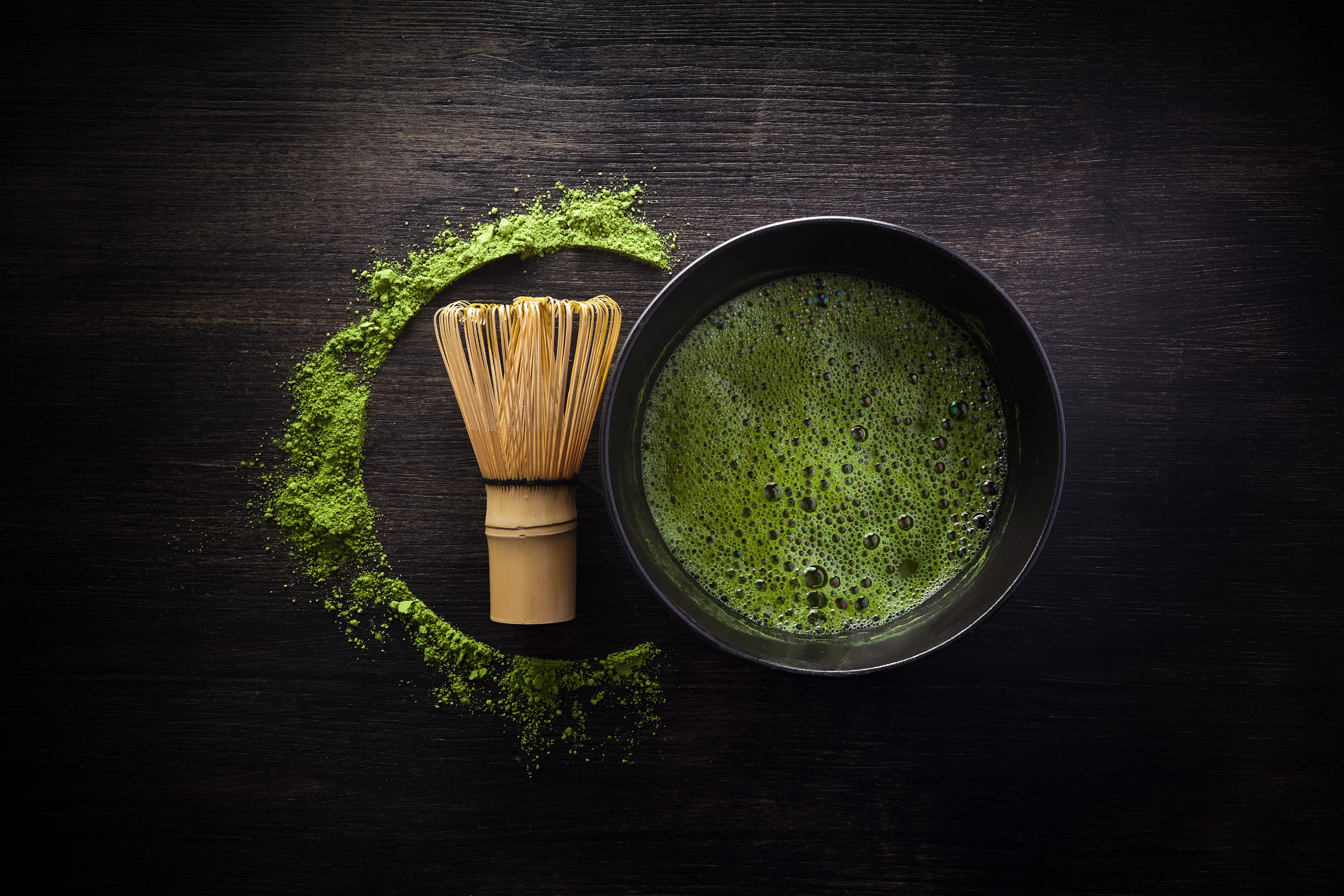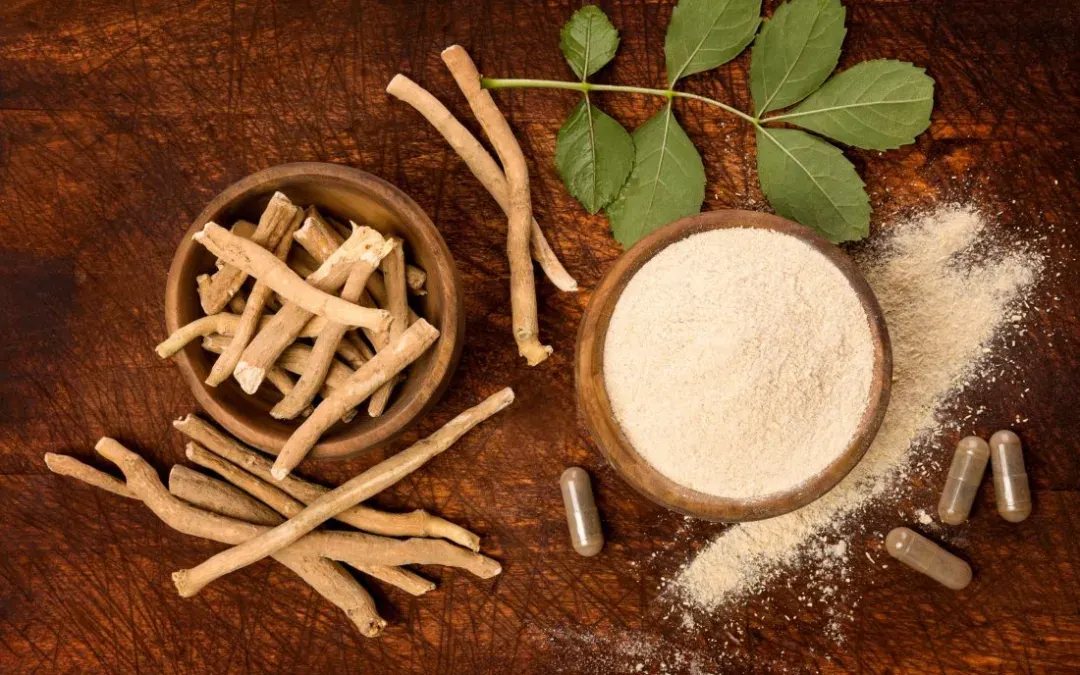Growing Stem Cells Naturally
The Fastest Way to Grow Stem Cells Naturally
by Christina Blanchard-Horan, PhD
Generating new stem cells naturally. What can you do to generate new stem cells naturally, without stem-cell therapy? This post will clarify some simple things you can do to generate new stem-cells.
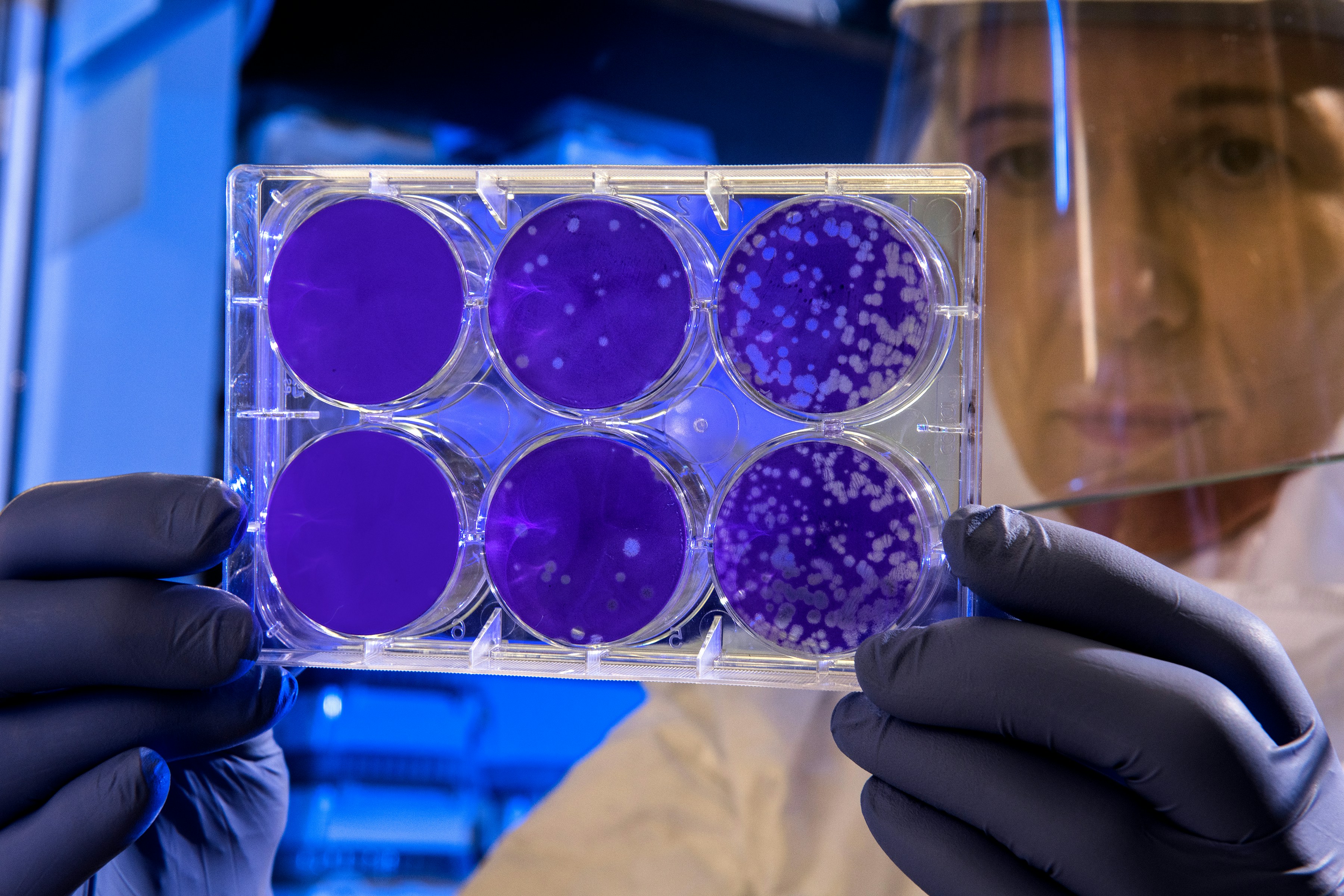
A Journey into Cellular Regeneration
Imagine waking up feeling more energized than ever before—your body humming with vitality, your mind sharp, and your immune system operating at peak performance. This isn’t just a dream; it’s the power of stem cells in action. These incredible stem cells have the ability to regenerate tissues, repair damage, and keep you youthful from the inside out. But how do we naturally stimulate their growth? The answer lies in the way we eat, move, rest, and manage stress.
An Easy Fast to Unlock Regeneration
One of the most effective ways to stimulate stem cell production is through fasting. Research has shown that prolonged fasting reduces insulin-like growth factor 1 (IGF-1) and activates pathways that promote hematopoietic stem cell-based regeneration, effectively rejuvenating the immune system (Cheng et al., 2014). Intermittent fasting and prolonged fasting cycles help clear out damaged cells and encourage the production of new, healthy stem cells.
A simple way to incorporate fasting into your routine is a 17-hour fast, which involves finishing dinner early in the evening and delaying breakfast the next day. For example, if you have dinner at 6:00 PM, you would wait until 11:00 AM the following morning to eat again. This fasting period allows the body to enter a state of cellular repair and renewal, promoting stem cell growth and reducing inflammation (Mattson et al., 2017).
What Happens During a 17-Hour Fast?
(3-6 Hours In) Blood Sugar & Insulin Levels Drop
After your last meal, blood sugar and insulin levels begin to decrease, signaling the body to shift from using glucose as its primary fuel source to tapping into stored energy.
(6-12 Hours In) Glycogen Depletion & Fat Burning
As glycogen stores in the liver start to run low, the body begins breaking down fat for energy, leading to the production of ketones—an alternative fuel that supports brain function and reduces inflammation.
(12-17 Hours In) Autophagy Begins
- Autophagy, the body's cellular cleanup process, becomes more active. This mechanism removes damaged cells, recycles cellular components, and clears out toxins, reducing the risk of chronic diseases, including cancer.
- Stem Cell Activation & Cellular Repair (16-17 Hours In)
- By the end of the fast, the body begins producing more stem cells, which are crucial for tissue regeneration and immune system enhancement. Inflammation is further reduced, and the body enters a state that supports longevity and overall healing.
By combining intermittent fasting with a diet rich in stem cell-promoting foods, you create an optimal environment for cellular regeneration and overall health. The Cancer Cafe encourages this holistic approach to maximize your body's natural healing capabilities.
Movement as a Catalyst
Physical activity doesn’t just strengthen muscles; it also plays a critical role in stem cell activation. Studies indicate that exercise boosts neurogenesis and the proliferation of stem cells, particularly in the brain (Kim & Park, 2019). Activities such as resistance training, yoga, and cardiovascular exercises like running or swimming can significantly enhance stem cell activity, supporting both brain and body regeneration.
The Power of Movement in Activating Stem Cells
Movement is essential for overall health, and research shows that it plays a crucial role in activating stem cell growth. Unlike traditional "exercise," movement can be joyful, intuitive, and accessible to everyone—whether it’s biking, dancing, running, or simply bouncing on a trampoline.
Movement for Stem Cell Growth
Studies suggest that engaging in at least 30-60 minutes of moderate movement most days of the week can significantly boost stem cell production, reduce inflammation, and improve overall well-being (Gujral et al., 2019). Weight-bearing activities, in particular, have been shown to enhance the release of mesenchymal stem cells, which support tissue repair and regeneration.
For those who don’t enjoy structured workouts, here are some fun and easy ways to engage in movement daily:
- Biking: A low-impact way to stimulate circulation and activate muscle stem cells.
- Dancing: A full-body, joyful activity that boosts cardiovascular health and releases endorphins.
- Running or brisk walking: Encourages blood flow and triggers regenerative processes.
- Bouncing on a trampoline (rebounding): Enhances lymphatic circulation and supports detoxification. This is particularly good for people with lymphomas.
- Yoga or stretching: Promotes flexibility while stimulating stem cell activation through gentle motion.
- Gardening or yard work: Functional movement that engages muscles and promotes overall fitness.
Even small, consistent efforts can lead to significant health benefits, reinforcing the idea that movement should be a natural and enjoyable part of daily life. By integrating movement with a nutrient-rich diet and intermittent fasting, we create an optimal environment for stem cell renewal and long-term health.
Feeding Stem Cell Growth
The foods we consume can either fuel or inhibit stem cell production. Polyphenols, found in colorful fruits and vegetables, have been shown to regulate stem cell function and support tissue regeneration (Zheng, Woo, & Lee, 2021). To optimize stem cell growth, it’s essential to incorporate nutrient-dense foods that supply antioxidants, amino acids, and essential fatty acids.
Foods That Support Stem Cell Growth
To maximize the benefits of movement and encourage stem cell activation, it is essential to consume a diet rich in nutrient-dense, stem cell-boosting foods. Here's your grocery list:
- Leafy Greens: Spinach, kale, and Swiss chard contain antioxidants and phytonutrients that protect stem cells and reduce inflammation.
- Berries: Blueberries, raspberries, and blackberries are packed with polyphenols that support cellular regeneration.
- Nuts & Seeds: Walnuts, almonds, flaxseeds, and chia seeds provide essential fatty acids that enhance cell repair.
- Healthy Fats: Avocados, olive oil, and fatty fish like salmon contain omega-3s that promote anti-inflammatory responses and support stem cell function.
- Fermented Foods: Kimchi, sauerkraut, and yogurt contribute to gut health, which plays a critical role in stem cell production.
- Turmeric & Ginger: These powerful roots contain curcumin and gingerol, which have been shown to support stem cell activity and reduce oxidative stress.
- Green Tea & Matcha: Rich in catechins, these drinks help enhance cellular repair and detoxification.
- Dark Chocolate (80%+ cacao): Contains flavonoids that improve blood flow and encourage stem cell proliferation.
- Moringa Supplement: Known to kill cancer cells. Add the powder form to smoothies or take a pill.
A balanced approach that combines movement with a diet rich in these stem cell-boosting foods ensures optimal health, longevity, and regenerative capacity. Making these lifestyle changes can lead to profound benefits, allowing the body to heal and thrive naturally.
The Regenerative Power of Rest
While we sleep, our body undergoes extensive repair processes, including stem cell regeneration. Poor sleep quality disrupts this natural cycle, reducing the body’s ability to heal itself. Research highlights the crucial link between deep sleep and cellular repair, emphasizing the importance of prioritizing rest for optimal stem cell function (Krueger et al., 2016).
Protecting Stem Cell Longevity
Chronic stress accelerates cellular aging, weakens immune function, and negatively impacts stem cell production. Managing stress through meditation, breathwork, and mindfulness can help preserve telomere length, mitochondrial function, and overall stem cell activity (Sahin & DePinho, 2010). Follow to learn more in our upcoming post on meditation and healing.
A Stem Cell-Boosting Diet
To harness the power of stem cells, incorporate these nutrient-rich foods into your diet:
Proteins
- Wild-caught salmon (rich in omega-3s)
- Free-range eggs (choline and vitamin D for cell repair)
- Walnuts (polyphenols and essential fatty acids)
Fruits
- Blueberries, raspberries, and pomegranate (high in antioxidants)
- Citrus fruits (vitamin C for collagen production)
- Papaya (enzymes that support cell turnover)
Vegetables
- Spinach, broccoli, and bok choy (rich in stem cell-supporting nutrients)
- Purple potatoes (anthocyanins for anti-inflammatory benefits)
- Avocado (healthy fats for cell membrane integrity)
Roots & Herbs
- Turmeric and ginger (anti-inflammatory and cell-repairing properties)
- Garlic and onions (sulfur compounds for detoxification)
Drinks
- Green tea and matcha (catechins that enhance cellular health)
- Nettle tea and soursop (immune-boosting and anti-cancer properties)
- Coconut milk (healthy fats for stem cell nourishment)
Your Path to Regeneration
By combining fasting, movement, nutrition, sleep, and stress reduction, you can naturally enhance stem cell growth and improve overall health. The Cancer Café provides a roadmap for using food as medicine, supporting not just cancer prevention but total-body renewal. What steps will you take today to nourish your body's innate regenerative power?
References
- Cheng, C. W., Adams, G. B., Perin, L., & Longo, V. D. (2014). Prolonged fasting reduces IGF-1/PKA to promote hematopoietic-stem-cell-based regeneration and reverse immunosuppression. Cell Stem Cell, 14(6), 810-823. https://doi.org/10.1016/j.stem.2014.04.014
- Fernandes, E. E., Pulwale, A. V., Patil, G. A., & Moghe, A. S. (2016). Probing Regenerative Potential of Moringa oleifera Aqueous Extracts Using In vitro Cellular Assays. Pharmacognosy research, 8(4), 231–237. https://doi.org/10.4103/0974-8490.188877
- Kim, S. J., & Park, J. H. (2019). The effect of physical exercise on adult neurogenesis and stem cell activation. Brain Plasticity, 5(1), 69-83. https://doi.org/10.3233/BPL-180073
- Zheng, J., Woo, H. K., & Lee, J. (2021). Polyphenols and stem cell regulation in tissue regeneration. Journal of Functional Foods, 82, 104505. https://doi.org/10.1016/j.jff.2021.104505
- Krueger, J. M., Frank, M. G., Wisor, J. P., & Roy, S. (2016). Sleep function: Toward elucidating an enigma. Sleep Medicine Reviews, 28, 46-54. https://doi.org/10.1016/j.smrv.2015.08.005
- Sahin, E., & DePinho, R. A. (2010). Linking functional decline of telomeres, mitochondria, and stem cells during aging. Nature, 464(7288), 520-528. https://doi.org/10.1038/nature08982

